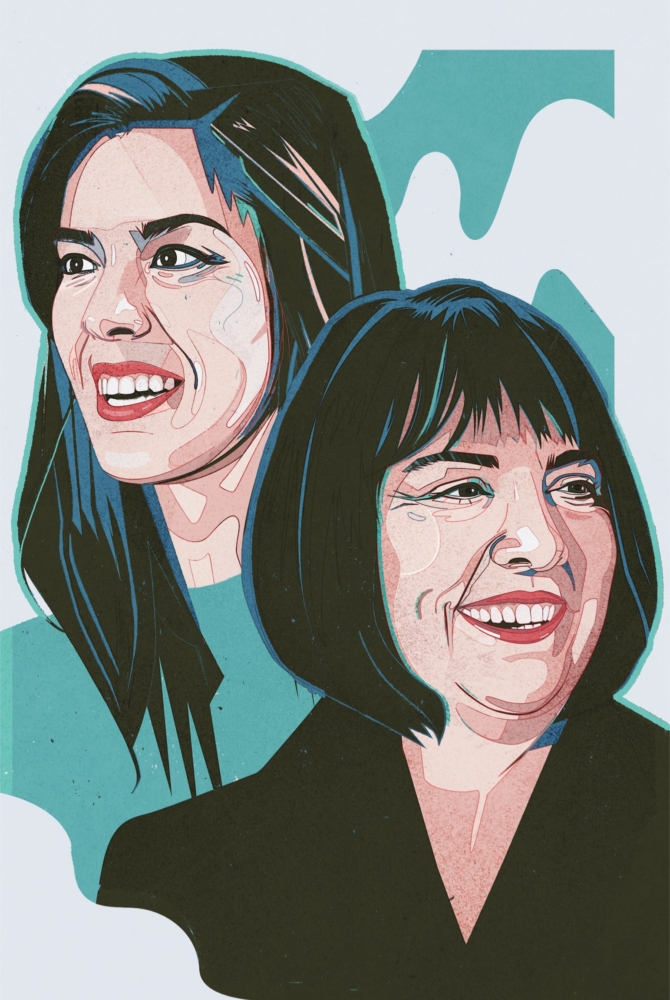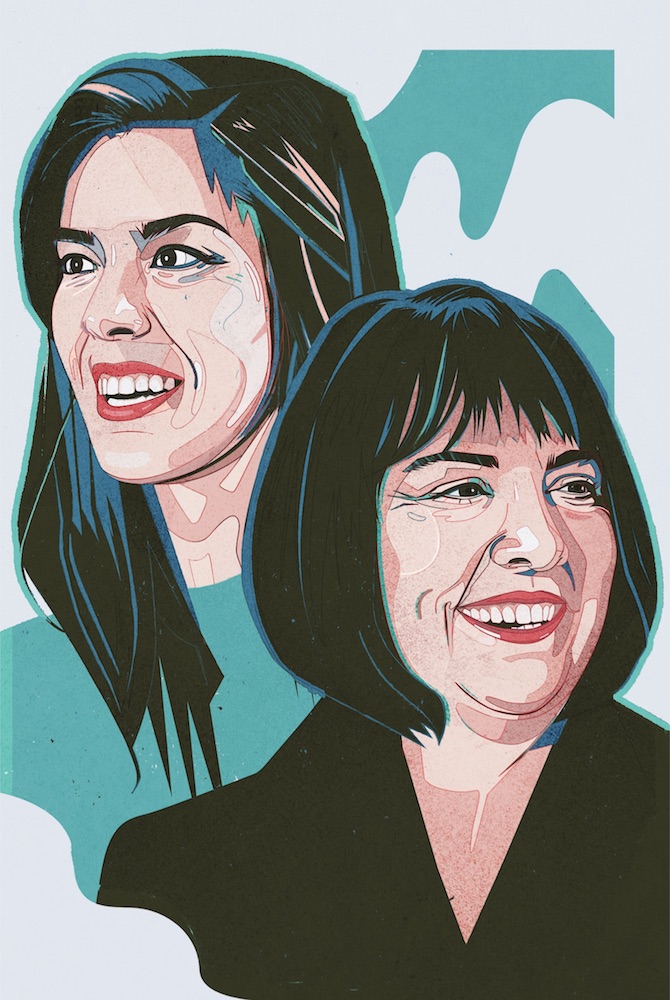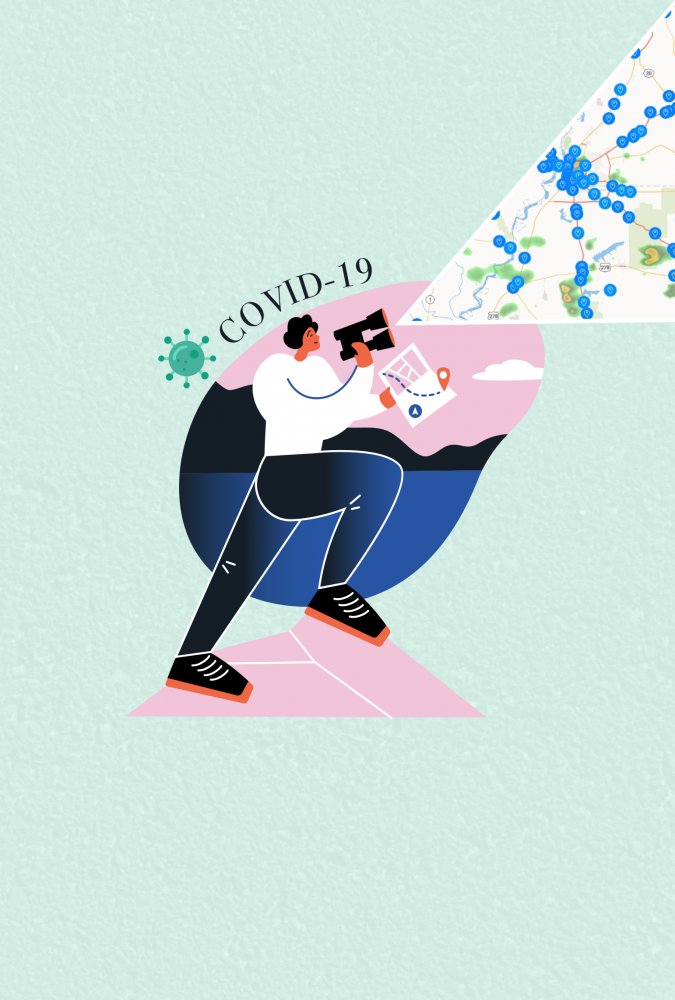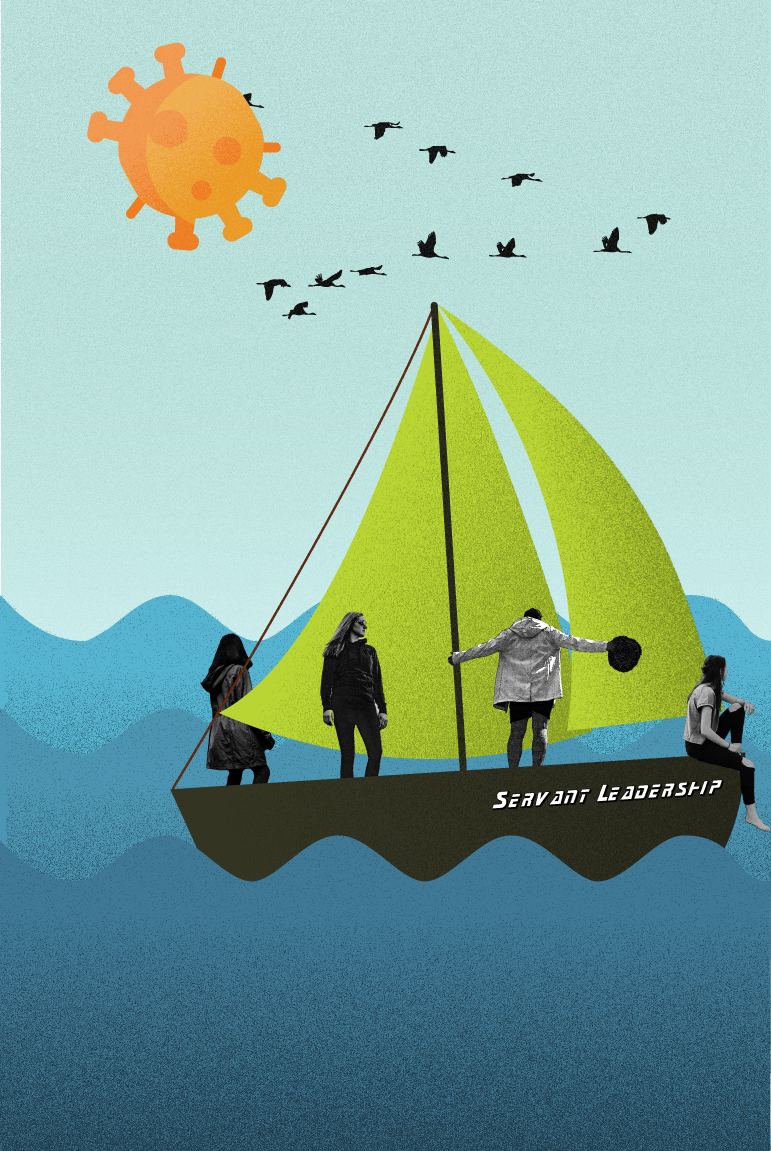
From Mother to Daughter: How Creativity in Building Solutions Means Working Smarter, Not Harder.
Exactly how necessary is technology to innovation? We spoke to Karen Sigman, VP of Product Channel Marketing at Oracle, about innovation as a life-form. Karen tells us that innovation is not a luxury; it’s a necessity—and she walks us through how innovation can take on different forms depending on company size and industry.
First thing’s first—can you give the readers a bit of a background on who you are?
Sure. I’m a VP of Product Marketing in the Cloud Business Group at Oracle, a company specializing in SaaS/PaaS/IaaS and on-premises cloud solutions. Outside of work, I’m also the mother to two daughters, Alex and Lacy. (Note: Lacy is a Technical Project Manager at Treeline—and she’s also the one conducting this interview!)
You’ve worked for both small and large companies, is that correct?
Yes, I’ve worked in a variety of organizations, and for different types of teams—ranging from sales to marketing, business development and channels. I’ve worked at very small start-ups to mid-size organizations and (as with Oracle) very large and global organizations.
With such diverse experience, you’ve probably seen your fair share of change and innovation being implemented on a company-wide level. Have you seen any differences in the way a company approaches innovation—depending on its scale or size?
Well, having worked in both large and small organizations throughout my career, and what I’ve noticed is that innovation is a challenge—and the challenge looks the same, no matter the size of the company.
Large companies tend to have more depth and content, but they struggle with speed—usually, processes rely on more people aligning in order for a task, project, or change to be seen through to completion. Small companies have the ability to operate at speed—that’s because there are fewer people to align, but also fewer people to actually deliver the work. One thing’s for sure across the board: innovation is critical to staying relevant and providing the best possible value to clients—no matter the size of your company.
One thing’s for sure across the board: innovation is critical to staying relevant and providing the best possible value to clients—no matter the size of your company.
How would you define innovation?
To me, innovation is about changing things—not in a small way, but in a significant way that other people recognize as being different and better than before. Innovation requires people to think outside the box; and it often needs two things to come to fruition: first, it generally needs new technology and second, it needs people to work together as a team and focus on a vision. It’s rare that real innovation comes from a single person working independently without other resources or technology to support them.
What does innovation mean to you—on a personal level?
First of all, the concept of innovation is not new to me—it’s been such an integral part of our family for so many generations that at this point, it just feels like it’s in our DNA. In my opinion, true innovation is an integral part of every generation’s story—each person works with the social, economic, and cultural contexts of their time to identify needs and spaces for growth.
There are plenty of examples of this within our family line. In fact, most of my family are entrepreneurs, starting businesses across a wide range of products and services. In the 1920s and 30s, it was hard for women to get work—let alone be the breadwinners in their families. During WWII, my grandmother worked the docks. More recently, my own mother worked at silicon valley startups throughout my life working on innovations in video recording among other things. She used to give me diodes and capacitors and other electronic parts to make my own projects, like TV wipeout kits and electronic roulette wheels. All part of the silicon valley mindset.
Do you think innovation is a product, symptom, or maybe a reflection of the times it comes from? Why do you think innovation is so important?
In one sense, innovation is important because it’s an integral part of humanity; even on a generational level. In another sense, innovation is simply proof of the fact that we’re just all getting smarter. Back in the day, laundry wasn’t just a matter of throwing dirty clothes into a bin, pushing some buttons, and coming back to clean clothes an hour later. We used to hand-wash our clothes, piece by piece, with a washboard and a wringer for drying. As time moves forward, it feels like innovation works on two levels: in one way, it opens us up to the new—enabling us to create new technologies and new industries that didn’t exist 100 years ago. But, it’s thanks to innovation that we even have the space and time for those things: innovation also frees us from the laborious work that used to take up so much of our time. Like hand-washing laundry, or cooking, or even the way we learn.
In another sense, innovation is simply proof of the fact that we’re just all getting smarter.
How is innovation influenced or directed in relation to technology? Is it still possible for innovation to happen outside of technological advancements?
Innovation isn’t limited to any set system—it can happen at any level of an organization, and it can happen across fields and domains of specialization as well. An example of non-technological innovation (at a tech company, nonetheless) is something we did here at Oracle.
We found an issue in our communication processes; there was a delay in getting the latest information and content to Oracles partners, and we wanted to eliminate that delay. In the past, we would take content we created for internal users and we would “partnerize” it, which meant by the time partners got content, it was out of date.
How did you fix that?
We sat down and really thought about it. What was it we were trying to do? We realized that the obvious answer was to eliminate the “partnerization” step. What we needed was single-source content. That was the lightbulb. Once we realized this, we built a plan, gained alignment with the leadership and held a few focus groups. Next, we built training. With change you can’t just send an email, you need to get everyone on board with what you are doing. We did this through a mandatory training session.
This had the obvious benefit of saving us time and money. But the most important part, was that we focused on the customer, the outcome. We ignored what was the norm.We have taken it to the next level with technology, where we are now using powerful Oracle cloud analytics to curate content so that we can improve effectiveness and help people work smarter, not harder. Technology combined with rethinking your business process is how you can make real innovation.
Where do you see innovation coming from next?
The cloud has opened up the ability to drive innovation at a much higher rate than we’ve ever seen in past. For example, once you take advantage of cloud applications, or rather cloud services for your application, you then have the ability to take advantage of things that live within the cloud—things like AI, machine learning, IoT, blockchain. These and other transformational technologies are going to be integrated with other cloud services, as they will require things like autonomous databases. Real innovation is going to come from the combination of these transformational technologies being utilized in the cloud and, put together, this will drive business innovation and produce differentiated outcomes for clients.
With the advent of the cloud, what we’re seeing now is our customers are taking the simple concept behind cloud innovation and finding ways to apply it to business. Integrated capabilities like AI and Machine Learning allow businesses to serve up more relevant and higher quality information—with less work required. This is what paves the way for efficiency and smart technologies, which are now being created across new, widely available technology in the market. Just look at some of the changes our customers are making by looking at www.oracle.com/customer
One trait you’ve certainly passed along to me as your daughter is a love of reading. What top 3 reading recommendations do you have for our readers to get inspired?
I like to pull inspiration from the people who have done it before me. Recently I really enjoyed Genius—an audiobook about Albert Einstein. To stay up to date and learn about the latest trends, there are a variety of podcasts that you should subscribe to. You can find a podcast on almost anything you are interested in. I like to mix business news with technology and even a little fun. On the fun side, I’m a bit obsessed with NPR’s Wait Wait… Don’t Tell Me! podcast. It’s a weekly current events quiz, so it satisfies my competitive side while giving me news and puzzles in one place.
Is there anything else you’d want to tell me about innovation, as a mom to her daughter, but in general to any mid-twenties professional who’s fresh out of college?
It may be overused, but follow your passion and look for things that you would love to do, but aren’t possible today. Then, find a way to make them possible. The creativity involved in building those solutions—that’s the sweet spot where innovation lives.
When I think of key people in history whose footsteps we should aim to follow, Leonardo da Vinci comes to mind as the archetype of a truly innovative individual. He found a way to merge science and the methodical with creativity and the arts. When you were in college— although you were studying electrical engineering—you loved creating various woodworking projects. I believe that innovation really comes from that duality—bridging physicality and aesthetics to science.
Keep up with Karen on LinkedIn, Twitter, and at Oracle Openworld.
Illustration by Żaneta Antosik



